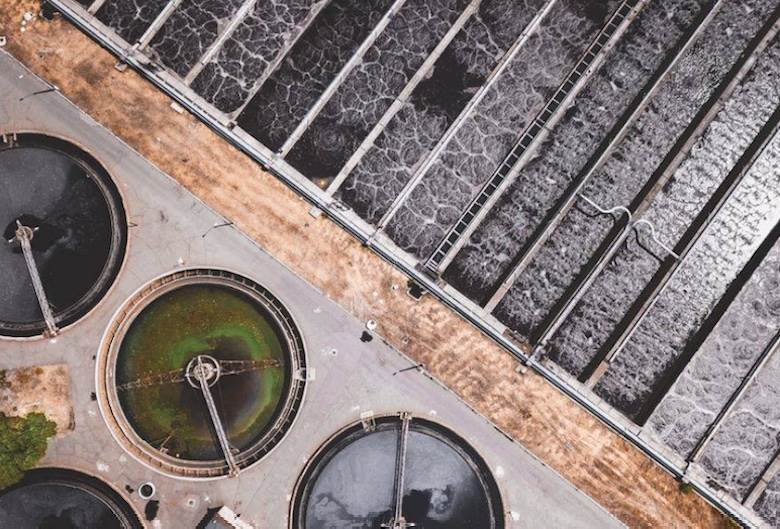Fashion Declares tackles water and waste
07/07/2022

The live event, How to Reduce Fashion’s Water Usage and Pollution, took place on July 6 and involved short talks by University of Leeds lecturer Mark Sumner; sustainability consultant and former corporate responsibility lead at Armedangels, Lavinia Muth; Pangaia research and development director, Craig Smith; and Greenpeace collaborator Maddy Cobbing.
In her opening remarks, founder Safia Minney acknowledged the industry’s lack of data, but stressed the “urgency around taking radical action”. She also cited the concept of “Earth logic”, proposed by academics Kate Fletcher and Mathilde Tham in a 2019 book of the same name, as a useful way of thinking about sustainable fashion today, and further suggested that production of new garments should be cut by 75-95% in the future.
Ms Minney called for a regenerative model, to ensure “a just transition for all”.
Notably, Dr Sumner drew from United Nations data to propose that raw material cultivation, fabric colouration and consumer use (including at-home laundry) are the most problematic stages in a garment's lifecycle when it comes to water. He singled out the negative impact of microfibres, especially, although suggested that researchers at his home institution had found some natural fibres to shed more than synthetics.
Dr Sumner suggested that “quick wins” for factories and brands could come from proper maintenance of dry steaming machinery to prevent leakage, for example. He also told a cautionary tale of dyehouses he had visited where taps had been “left wide open”, causing considerable water waste, and recommended long-term training in “good” growing practices at farm level.
Ms Muth was clear in her emphasis on the need for a greater depth of understanding when it comes to water usage versus water consumption, as water use metrics are “not revealing”, she said. She added that, from her earlier experience of implementing an organic cotton programme in Gujarat on behalf of Armedangels, it is difficult to know “anything” when it comes to water consumption data, but emphasised that to her knowledge, organic methods are non-polluting.
The consultant went on to praise the Zero Discharge of Hazardous Chemicals (ZDHC) programme as work in the “right direction”, owing to the uniformity of its standards when adopted. In this way, ZDHC has “many, many, many benefits” for its adopters, she said.
Later, Mr Smith acknowledged that there are “compromises to be made to shift the industry forward”, but he highlighted Pangaia’s work with bio-based dye technology firm Colorifix, a University of Cambridge spin-out, as an example of a “responsible” system that has capacity to scale.
Ms Cobbing’s update and analysis of Greenpeace’s Detox My Fashion campaign, which she led from 2011 onwards, concluded the talks. Significantly, she underscored how compliance with local laws on hazardous chemicals was not enough and praised the “critical mass” of industry stakeholders who had signed up to the project by its tenth year.
Going further, Ms Cobbing shared in Ms Muth's pro-ZDHC sentiments by describing how the sustainable chemicals body had evolved over time to become both an environmental “ally” and an “extremely useful” tool for the wider industry. She did, however, caution against relying on reverse osmosis for proper water management, as suggested by Dr Sumner, claiming this “could be harmful” if hazardous chemicals are already present in the water.
One of the biggest problems for contemporary fashion, Ms Cobbing concluded by saying, is a throwaway culture which has resulted in the “truly shocking” amount of unusable clothing currently piling up in some African countries after being shipped there from elsewhere.
Credit: Ivan Bandura via Unsplash.








